Microsoft patents capacitive eye tracking using the bulge in your eyeball
2 min. read
Published on
Read our disclosure page to find out how can you help MSPoweruser sustain the editorial team Read more
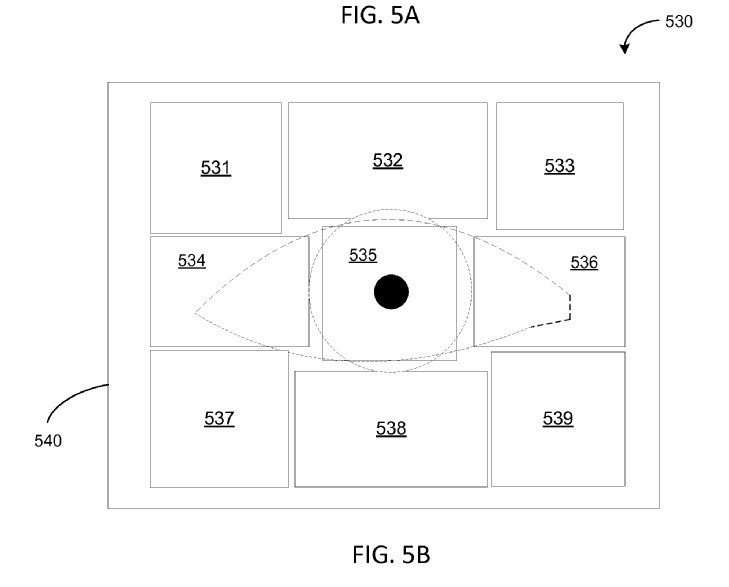
Gaze is an important control mechanism for Microsoft HoloLens, but the device does not include any eye tracking sensors, instead somewhat primitively using the position of your head to “detect” what you are looking at, with Microsoft writing:
HoloLens uses the position and orientation of your user’s head, not their eyes, to determine their gaze vector. You can think of this vector as a laser pointer straight ahead from directly between the user’s eyes. As the user looks around the room, your application can intersect this ray, both with its own holograms and with the spatial mapping mesh to determine what virtual or real-world object your user may be looking at.
Eye gaze tracking systems usually use cameras positioned on a wearable headgear frame to measure eye movement/position. Use of a camera to monitor eye movement and position is problematic however due to the cost and complexity of the camera equipment, high power requirements for the camera, and the bulk or obtrusiveness of a camera mounted on the headgear.
Now Microsoft has applied for a patent “CAPACITIVE SENSORS FOR DETERMINING EYE GAZE DIRECTION ” which would make gaze tracking on a headset much simpler, cheaper and unobtrusive.
The patent features an array of transparent capacitive sensors on the lens of the glasses, which could be a very fine wire mesh or conductive polymer grounded to the head via the frame of the glasses, which detect the location and distance to the bulge of your eye (the cornea) and use this as a proxy for the direction of your gaze. The technology also has the advantage of being very fast with low latency, allowing the sensor to track even rapid eye movements.
Hopefully we will see this technology show up in HoloLens version 2, where it should result in more precise and responsive control.
The full patent can be seen here.


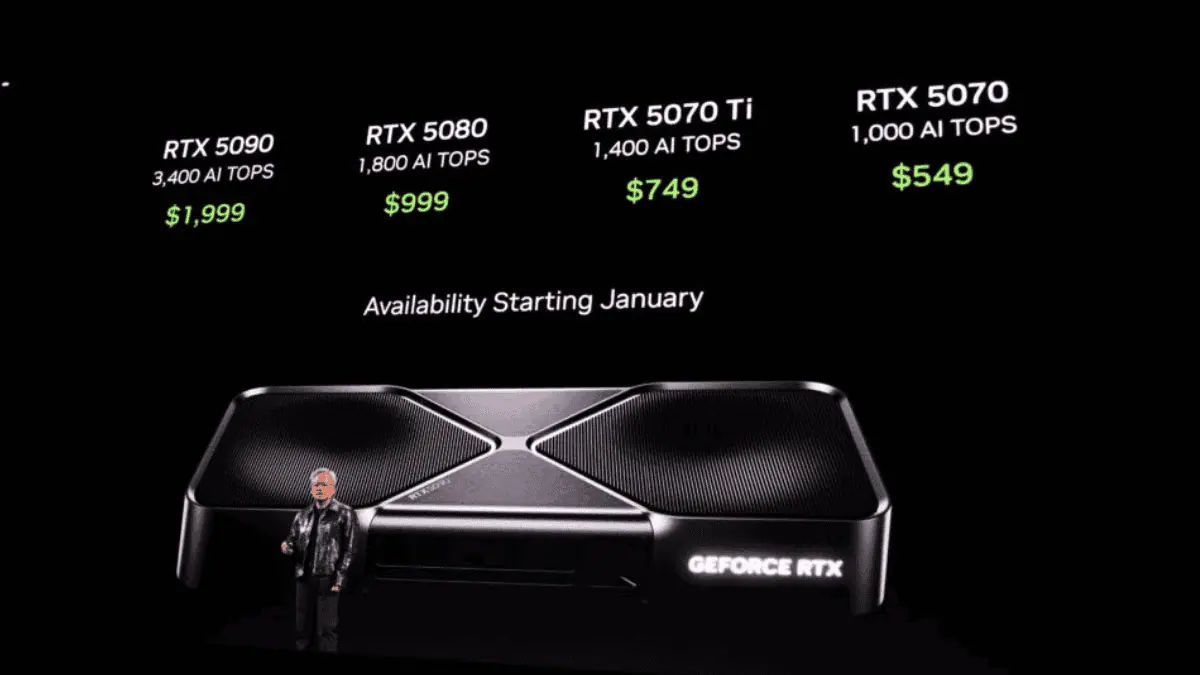
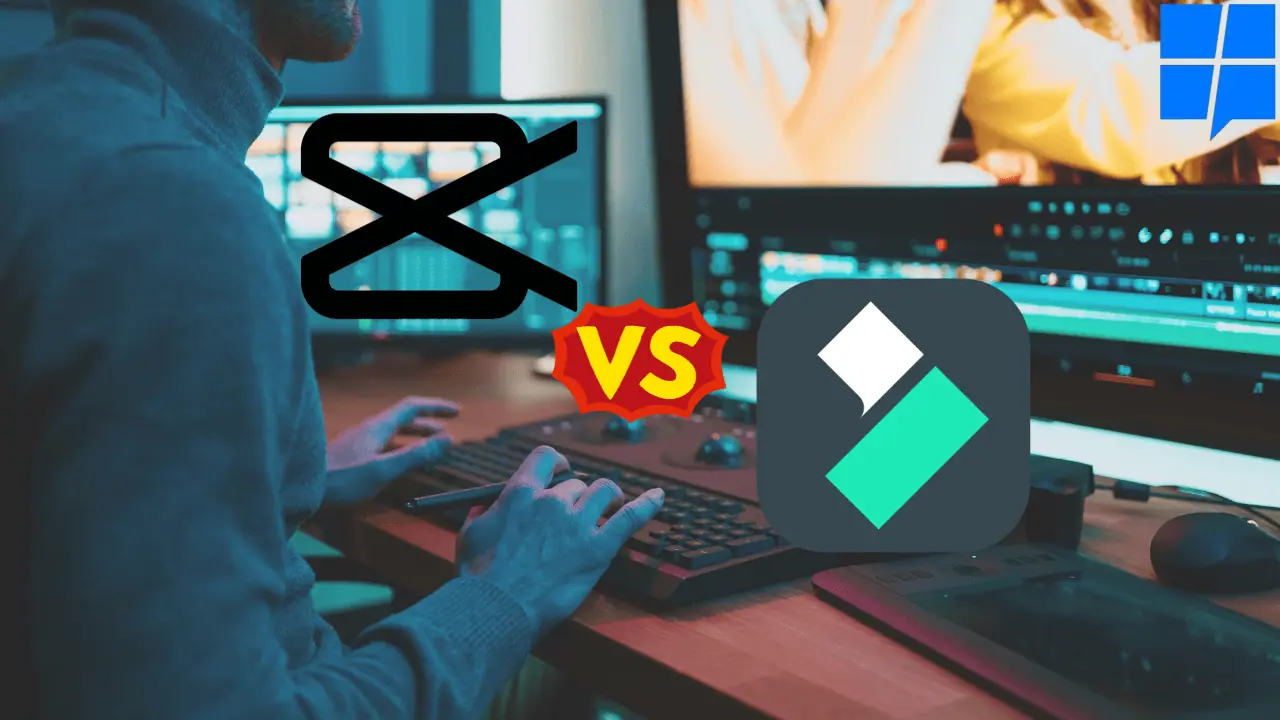
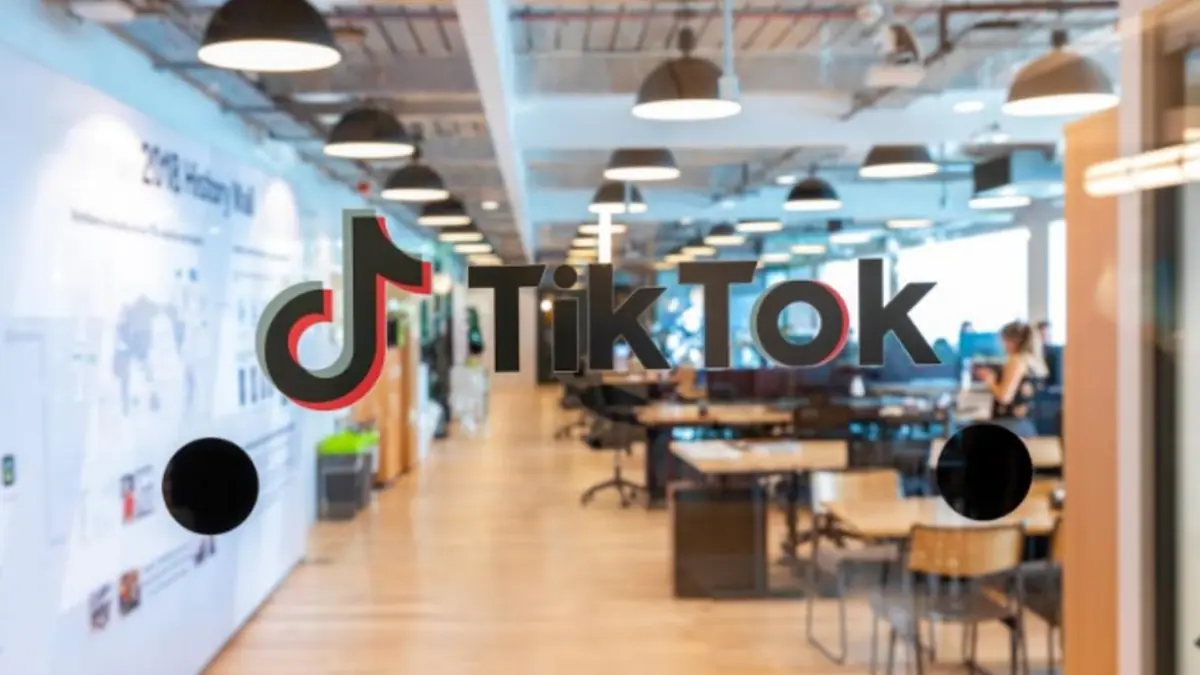


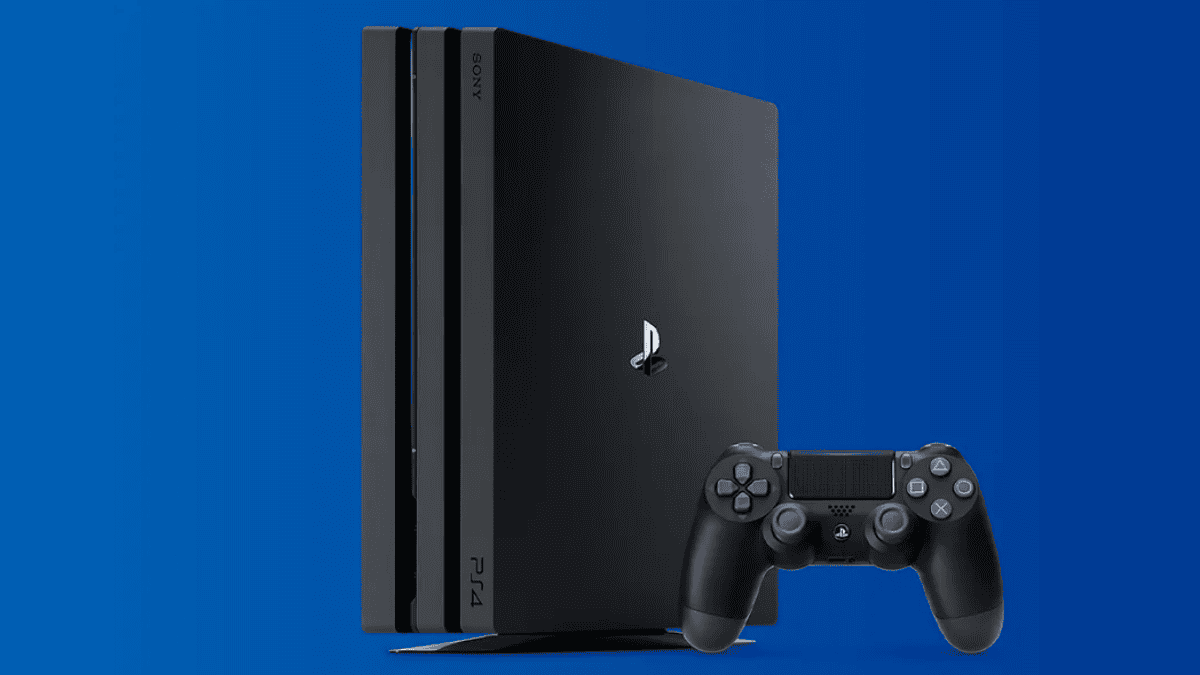
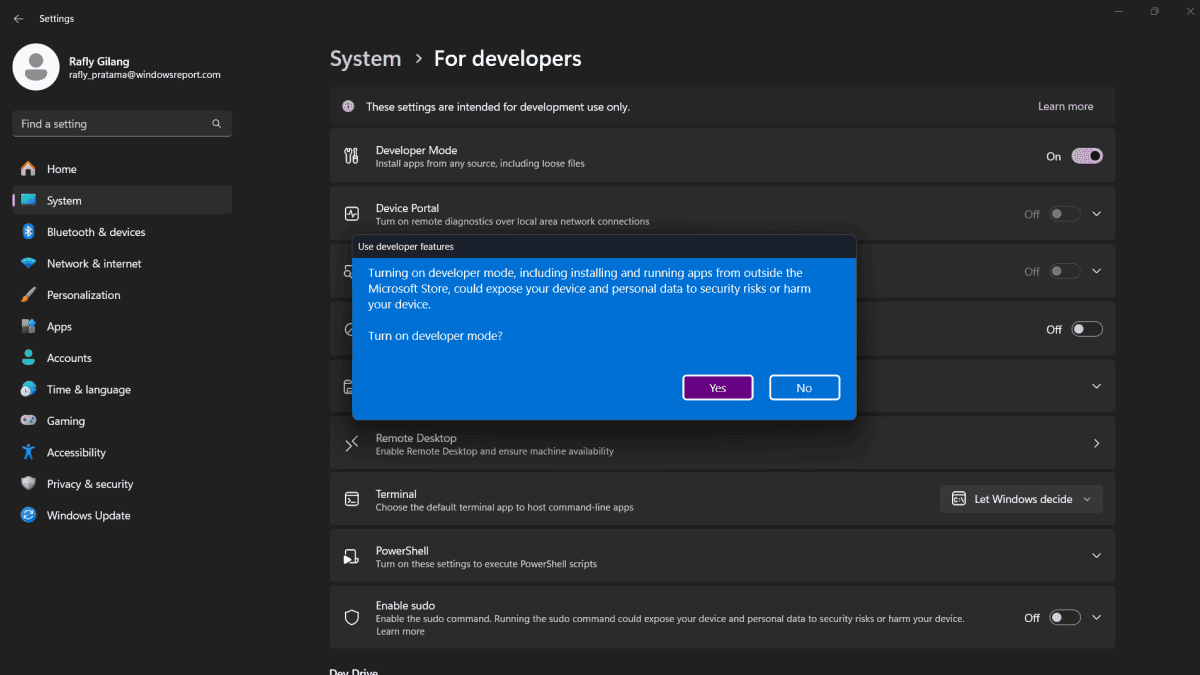
User forum
0 messages